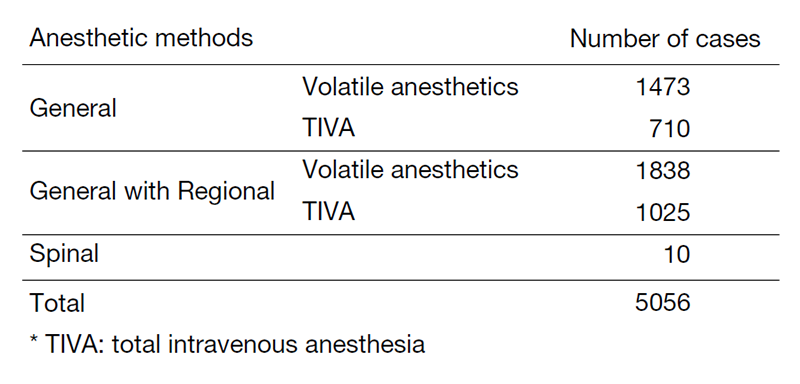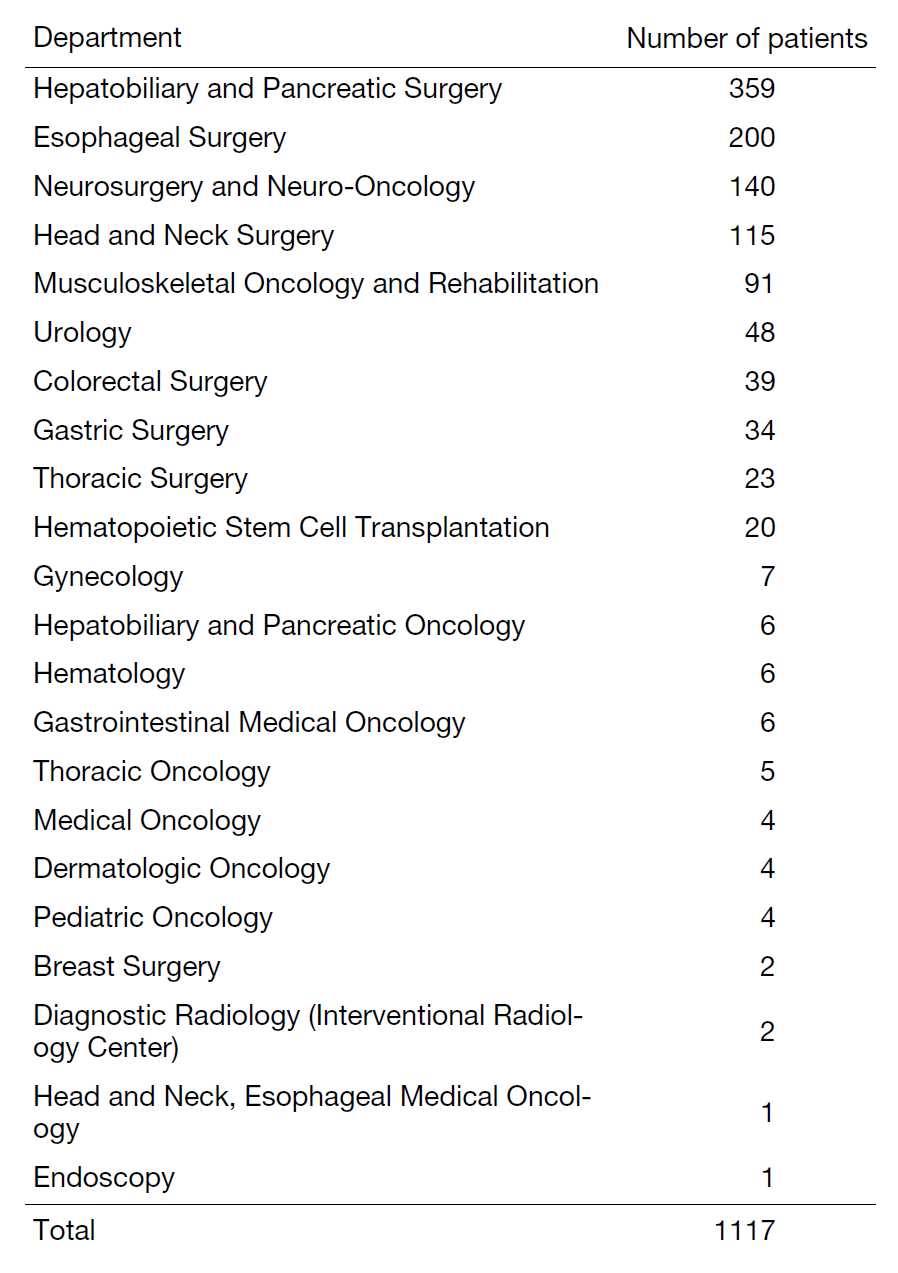Annual Report 2022
Department of Anesthesiology and Intensive Care Medicine
Tetsufumi Sato, Junya Matsumi, Rie Suzuki, Akiko Ohgaku, Yousuke Kawaguchi, Yuri Ohishi, Yukiko Hikasa, Misako Shigematsu, Naohiro Shioji, Yutaro Asagoe, Yuki Enomoto, Sana Kita, Hiroaki Takahashi, Yumi Saito, Aiko Okamoto, Mizuho Kodama, Hikaru Sato, Akio Kishikawa, Akira Haniu
Introduction
The Department of Anesthesiology and Intensive Care Medicine provides anesthesia and intensive care. Over 5,000 cases of anesthetic services are provided annually at 15 main operation rooms and 1 MRI operation room and 1 radioisotope operation room. Over 1,000 cases of intensive care are provided annually at 8 beds. Our intensivists are also responsible for advising on the management of critically-ill patients at wards and on resuscitation.
The Team and What We Do
Our department is comprised of 19 staff anesthesiologists, including 12 certificated anesthetists. We provide perioperative care to all patients who require general anesthesia and spinal anesthesia. Our operating section performs approximately 5,000 anesthetics annually, including general anesthesia with or without epidural and spinal anesthesia (Table 1). In addition, scheduled surgery patients receive care at the perioperative management center, including the Anesthesia Consult Clinic.
Furthermore, our intensive care unit is certificated by the Japanese Society of Intensive Care Medicine and operates as a closed system, overseen by some of our staff, including 6 certificated intensivists. Around 1,100 cases of intensive care are provided annually at 8 beds. Most of the patients treated in the intensive care units have post-surgical indications, although some are treated for medical emergencies.
Some members of our department actively engage in clinical research and supervise postdoctoral, doctoral, postgraduate and undergraduate students.
Table 1: Number of anesthesia cases, classified by anesthetic methods 

Table 2: Number of patients managed at intensive care unit, classified by clinical department

Research Activities
To understand the risk factors and effects on prognosis of severe adverse events in post-operative patients and critically ill cancer patients, we conducted epidemiological analyses. We are actively conducting studies aimed at enhancing the current care provided to perioperative and critically ill cancer patients.
Education
In providing clinical training to non-certificated anesthesiologists, their anesthetic management is supervised by certificated anesthesiologists. In the case of clinical trainings for non-certificated intensivists, their critical care is supervised by certificated intensivists. We also offer guidance for academic conference presentations and the preparation of scientific papers. These trainings are not only for gaining clinical experiences, but also for qualifying as certificated specialists.
Future Prospects
We will continue our effort to achieve more effective perioperative care, including anesthesia and critical care for cancer patients. We will also improve perioperative management through initiatives like cross-departmental collaboration and multi-disciplinary team, aimed at ensuring the safety of the patients.
